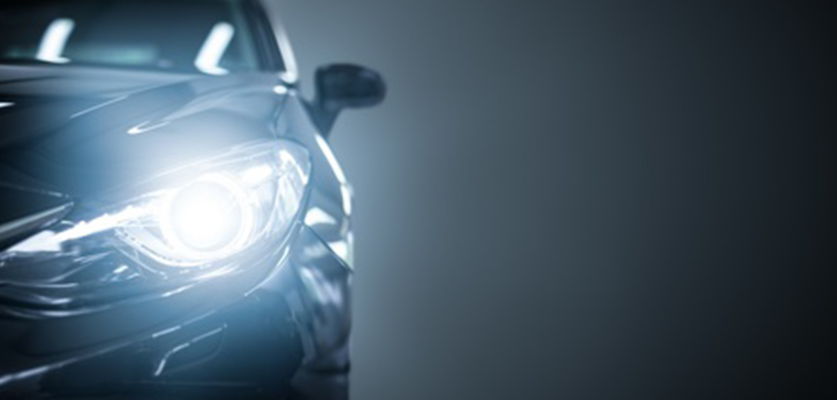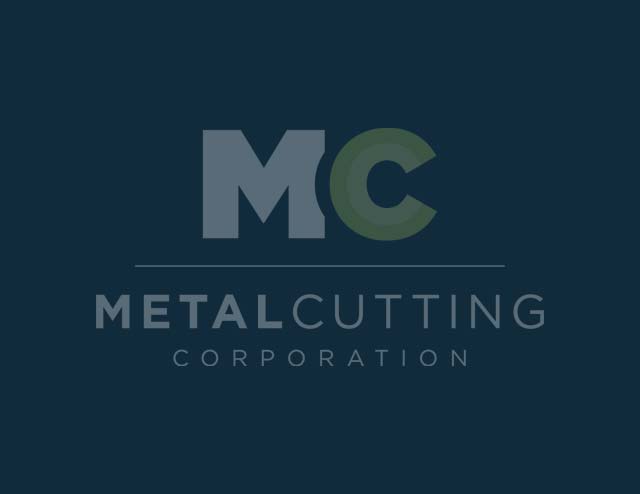If the future of LEDs is now, why are incandescent lamps still used for automobile turn signals?
In today’s automotive systems, even relatively “simple” applications such as headlights, taillights, brake lights, and turn signals are prime targets for innovations in technology. But while people crow about the growing use of LEDs in automotive lighting, one application remains somewhat elusive: the “blinker,” which is still a stalwart of tungsten wire and the incandescent lamp.
Supplying the Tungsten Wire That Powers Turn Signal Lamps
Tungsten wire and its unique properties — including high melting point, low vapor pressure, high tensile strength, and excellent corrosion resistance — make it a material that cannot be easily replaced in certain applications across different industries. One such application is the alleged poster child of obsolescence, the incandescent lamp.
As a supplier of metal parts and materials for the automotive industry, Metal Cutting provides tungsten wire to manufacturers that use it expressly for the purpose of automotive turn signal lamps. In addition, beyond our own experience, there is evidence to support the continued use of tungsten filament for turn signal bulbs.
An Anecdotal Look at Incandescent vs. LED
Contrary to what LED makers say, the incandescent turn signal lamp and its tungsten wire filament are designed to last for at least 10 years or, effectively, the life of a car. Balance this against the initial and replacement costs of LEDs and the claim that they last longer than a car’s life, and the tungsten light comes out ahead or at least pulls up even. (After all, who cares if the LEDs are still working when the car is relegated to the junkyard?)
Additionally, the use of tungsten halogen lamps — a type of incandescent bulb containing halogen in place of an inert gas — can provide a longer life than regular incandescent lamps (up to three times longer).
Do the Tungsten Light Math
On the typical automobile, there are six locations for turn signal lamps:
- Two on the front end
- Two on the back end
- In late model cars, two on the side — either integrated into the side mirrors or, as in Europe for many years, along the trailing edge of the front fender
Yet, if tungsten wire filament lamps were so comparatively short-lived, wouldn’t we be replacing those blinkers on a near-constant basis? Compared with headlight, taillight, and brake light lamps, how often have you had to replace even one of four or six turn signal lamps?
Designed with Tungsten Wire to Cycle On and Off Effectively
Unlike what is optimal for most electronic devices, the turn signal function in automobiles must be designed to flash on and off rapidly and repeatedly. In fact, its sole purpose is to do precisely that, at a rate of 60 to 120 “blinks” per minute.
So, blinker lamps require rapid on-off thermal cycling of the electronic component — something that no “digital” electronic component handles well, but incandescent lamps, with their tungsten wire filaments, do.
With digital components, meaning those made of integrated circuits, the best practice for longevity is to turn them on and leave them on. Since that practice might not be entirely carbon neutral or there are battery life concerns, there is usually a “sleep” function; however, the current remains flowing. So, essentially:
- The blinker function is all about thermal cycling.
- Thermal cycling is an adverse condition for electronics.
- LED lamps are fundamentally a printed circuit that doesn’t like thermal cycling.
What will the future bring?
While some lamp manufacturers and carmakers are working diligently on building a more effective blinker function into their “all-in-one” LED headlight and daytime running light (DRL) designs, it is far from ubiquitous.
Additionally, while xenon high-intensity discharge (HID) lights have grown in popularity for headlights — producing a very bright light and less heat than tungsten halogen bulbs — so far HID technology has not been designed to blink.
So, for the time being at least, tungsten wire and incandescent lamps remain a viable long-life, low-cost solution for automobile turn signals.
As lighting and other automotive technologies advance, Metal Cutting will continue to be here to meet the needs of the industry, cutting and machining small metal parts used in automotive safety systems, fuel injections systems, and lighting systems. In addition, we offer tungsten products such as wire, ribbon, and rod.
To learn more about tungsten wire properties and applications, download our free guide to the basics of tungsten wire.






